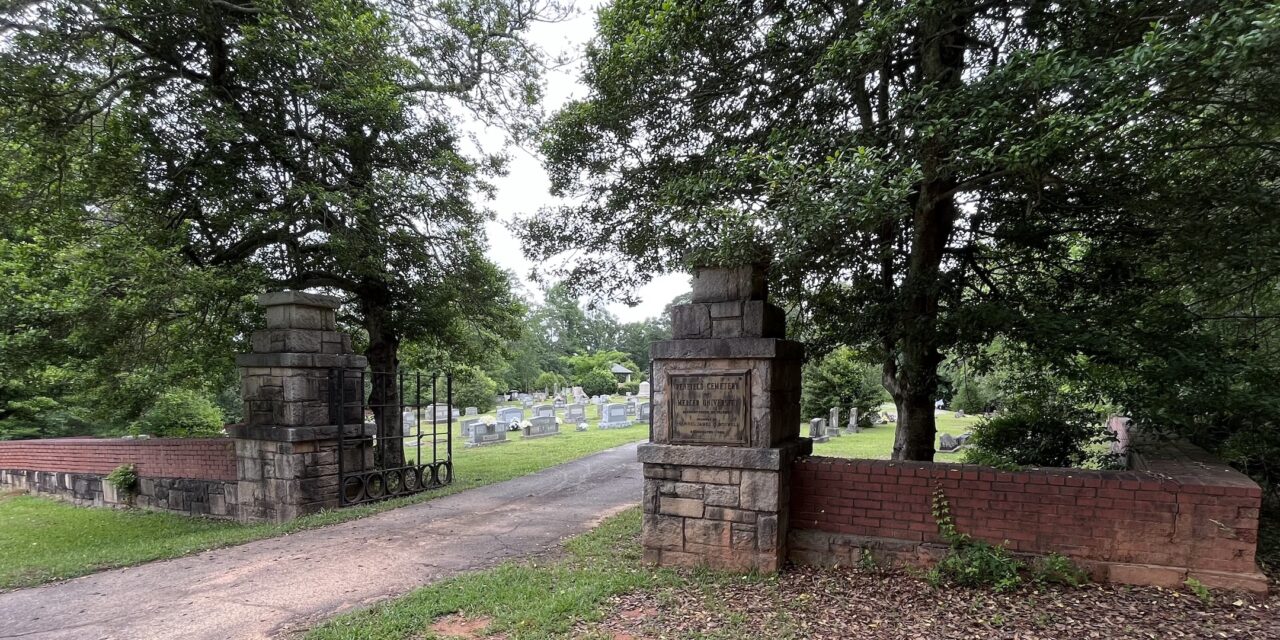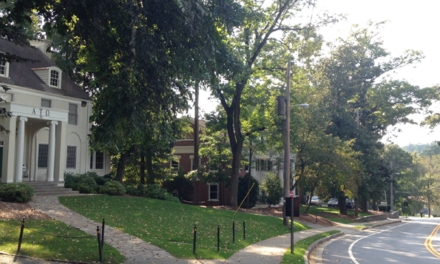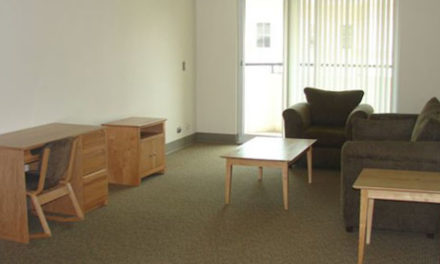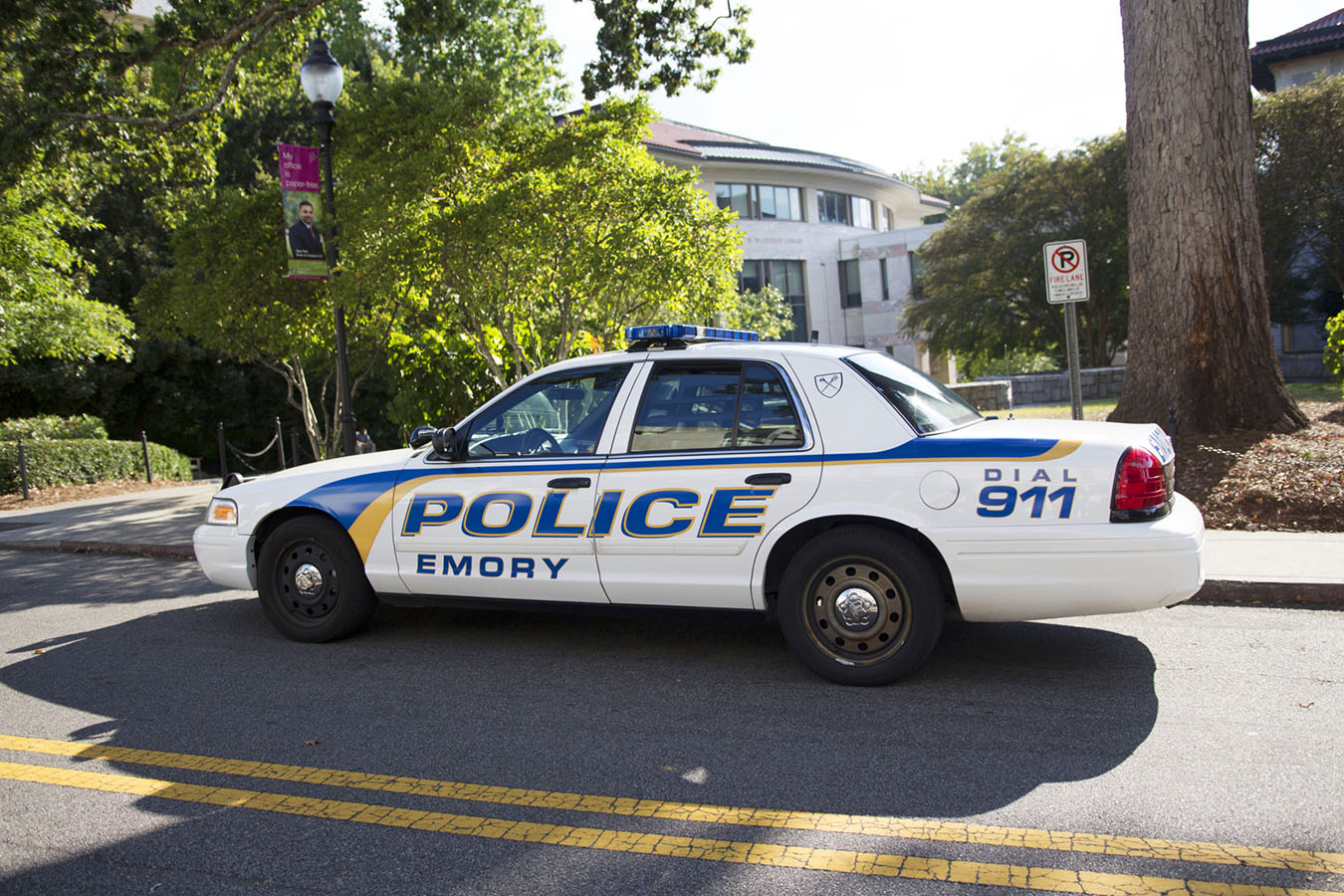For most of her life, Mamie Hillman never thought to look on the other side of the brick wall that had long enclosed part of the Penfield Cemetery, and she lived believing that it was a white-only graveyard.
But in summer 2019, Hillman and her friend decided to use a ladder to climb over to the other side. They discovered about 1,000 to 1,500 gravestones marking the final resting place of enslaved and freed African American people, as well as their descendants and other community members.
“People had put dirt in the path of the entrance to the Black cemetery and they could not go back and take care of their loved ones’ graves,” Hillman said. “So the graveyard became overgrown and you couldn’t get to it.”
This marked the beginning of Hillman’s journey in identifying and clearing the African American gravestones in the cemetery in Penfield, Ga., about 85 miles away from Emory University’s Atlanta campus. Her work would open access to the African American cemetery behind the wall, allowing descendents to visit the graves of their loved ones.
Head of Digital Initiatives and Technologies at Pitts Theology Library Spencer Roberts began collaborating with Hillman on the project in summer 2022. They also partner with the Historic Rural Churches of Georgia, a nonprofit that aims to preserve the history of rural churches, Mercer University (Ga.)’s Spencer B. King, Jr. Center for Southern Studies, the Georgia State University Department of Anthropology and the Greene County African American Museum, which Hillman founded and directs.
“I’m grateful that there are those that see the need to assist in cleaning it up because it needs to be celebrated,” Hillman said. “Those people were human beings, and they were denied so much in life.
As the director of the Spencer B. King, Jr. Center for Southern Studies, Mercer Professor of History Douglas Thompson is responsible for all programming related to the Universities Studying Slavery initiative, a collaboration of more than 100 institutions, including Emory and Mercer, dedicated to sharing best practices and guiding principles about truth-telling projects addressing human bondage and racism in institutional histories.
Part of that research focus is to tell the history of Mercer and Penfield “as they relate to the economies of slavery that institution participated in,” according to Thompson. Mercer owns the white part of the cemetery. Although the African American section of the cemetery is on private property and not part of Mercer, the institution played a role in building the wall, Thompson wrote in an email to the Wheel.
Mercer is currently working closely with Hillman and the African American Greene County Museum to make a detailed scan of the cemetery using ground penetrating radar, a technique commonly used to locate unknown burial locations without disturbing the soil.
“We have just begun to find grave markers that have been buried under inches of leaves and topsoil,” Thompson wrote. “While many of the field stones will not reveal who lays below them, the markers have been incredible in the level of detail they have revealed.”
The team hopes that the Greene County African American Museum will have a record of the graves and a way to mark them in the future, according to Thompson.
A local Black family owned the graveyard for “eons,” Hillman said, before passing it down to the first owner’s niece and nephew, who currently oversee the site. Still, Hillman said she was “saddened” from the overarching trend of the unearthed graves: the inaccessibility of African American historical narratives.
Hillman currently facilitates connections between the descendents of enslaved people and their family member’s grave. She also aims to assist families who are “seeking answers to where their loved ones are.”
“All of us desire to know who we are regarding narratives that have occurred in these little small towns,” Hillman said. “My role is just to be actively engaged in doing that.”
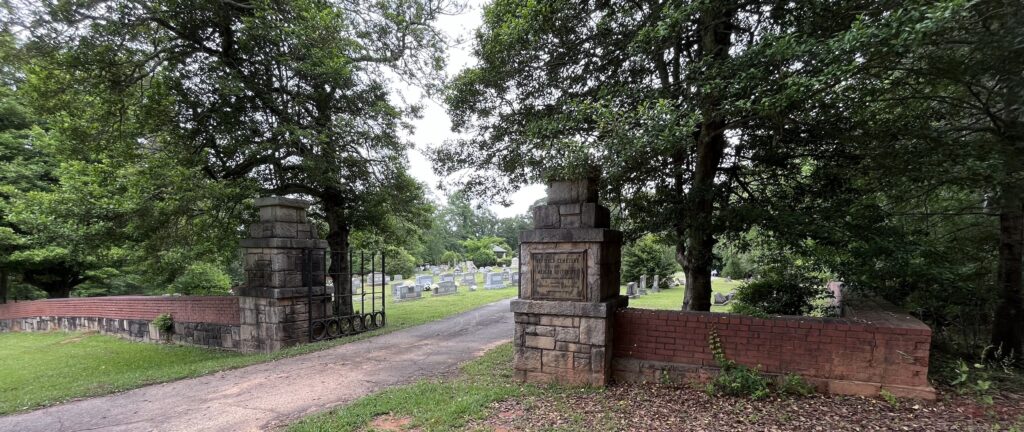
A wall encloses the Penfield Cemetery, which blocked access to African American graves. Courtesy of Emory University
Cemetery history
When the cemetery was founded, the front half was reserved for white graves and the rear half was for African American graves, according to Roberts. The sections were segregated, but not blocked off, until 1948 when a wall was constructed around the front of the cemetery and enclosed the section for white graves.
The wall made it difficult to access the area for Black graves, so the space was “largely abandoned” after the most-recent burial in 1953, Roberts said. However, the white section of the cemetery is still in use, with the most recent burial in 2022.
Over time, the area that once contained low-growing grass turned into a forest, home to large trees that would eventually fall over people’s family plots and graves.
Roberts said that their team has gone to the site around eight or nine times already, spending five to six hours each time removing overgrown trees. Noting that it is a very “labor intensive process,” Roberts said that they are careful not to drag the trees over the graves, which could dislodge headstones from their original locations. Instead, the team cuts the larger trees into moveable chunks.
Thompson noted that he is often out on site assisting Roberts cut up fallen trees and remove debris.
The team also organized a Facebook group where various community members and small businesses partake in the project.
“We’ve finished off a very large portion of the cemetery now,” Roberts added. “We’re sort of on the tail end of the whole project.”
Roberts noted that Mercer and the museum have done some historical research and suspect the earliest graves belong to enslaved people who died on one of the local plantations in 1820. Many of those headstones, Roberts added, do not have dates.
Mercer gave the team permission to cut out a section of the brick wall to allow family members to easily cross to the African American cemetery. The team began restoring gravestones on the weekend of Sept. 9, cleaning them off and planting heritage flowers and plants.
The next couple of cleanup dates will be held on Oct. 28 and Nov. 11 from 10 a.m. to 3 p.m.
Doing this work to unearth the story of the people buried behind the wall of the Penfield Cemetery will help the team craft parts of a larger narrative, Roberts added.
“The stories about local plantations and the effect that they had on people enslaved there, where they ended up being buried, the sort of post Civil War use of the cemetery that continues and the effects that building the wall had — these are all interesting race relation topics that the cemetery can help us unpack,” Roberts said.
Ashley Zhu (she/her) (25C) is from Dallas, Texas, majoring in biology and minoring in sociology. She is the vice president of recruitment for the Residence Hall Association, a sophomore advisor for Raoul Hall and a staff writer for the Emory Undergraduate Medical Review. She is involved in cell biology research at the Pallas Lab and is a BIOL 141 Learning Assistant. Zhu enjoys FaceTiming her dog, stalking people's Spotify playlists and listening to classical music in her free time.

